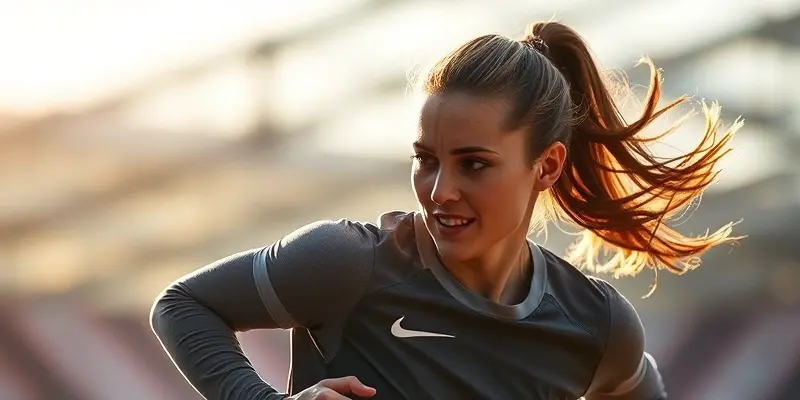Enhance Your Recovery with Visualization Techniques
Recovery from sports injuries can be a challenging journey—filled with both physical and mental hurdles. But what if I told you there’s a powerful tool that athletes and fitness enthusiasts can use to speed up recovery, maintain motivation, and even prevent injuries? Welcome to the world of visualization techniques in sports recovery.
Understanding Visualization Techniques
Visualization isn’t just about daydreaming. It’s a mental exercise that allows athletes to rehearse movements and envision healing. Let’s break down the core techniques:
- Visual Imagery: Imagine performing your sport’s specific movements even when physically inactive. This helps reinforce muscle memory and neural pathways.
- Healing Imagery: Picture the injured area mending—visualize tissues regenerating and swelling subsiding.
- Emotive Imagery: Recall positive emotions from past athletic successes to boost motivation and reduce recovery anxiety.
Benefits for Athletes
Visualization offers numerous advantages beyond just mental rehearsal. Here’s how it can be a game-changer in recovery:
- Skill Maintenance: Even while sidelined, visualization helps maintain technical skills, making the transition back faster.
- Emotional Support: Keeps athletes connected to their passion, reducing emotional withdrawal or burnout during recovery.
Imagine a marathoner visualizing crossing the finish line strong and pain-free. Studies have shown this mental preparation can significantly boost confidence and adaptability upon returning to training.
How to Practice Effective Visualization
Ready to harness visualization’s power? Follow these steps to get started:
- Set Specific Goals: Target movements you want to improve or milestones in recovery (e.g., regaining mobility).
- Engage Your Senses: Find a quiet space, close your eyes, and imagine the activity vividly. Include sounds, feelings of motion, and even smells.
- Regular Practice: Consistency is key. Regular sessions can reinforce mental pathways and enhance resilience.
Real-Life Success Stories
Take Tom, a professional soccer player, who credits visualization for his swift return post a knee injury. By visualizing perfect kicks and strategic plays, he found it easier to regain full mobility and confidence on the field.
Conclusion
Whether you’re a marathon runner, a weekend warrior, or someone just starting out, integrating visualization into your recovery routine is invaluable. Its benefits go beyond psychological; they manifest in physical performance and injury prevention.
Call to Action
Join the discussion! Share your visualization experiences or techniques with our GymPulse community. Follow us for more insights and tips on transforming your sports recovery journey.
By leveraging powerful visualization techniques, you’re not just healing your body; you’re strengthening your mind. Embrace visualization to unlock your full recovery potential!
